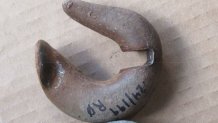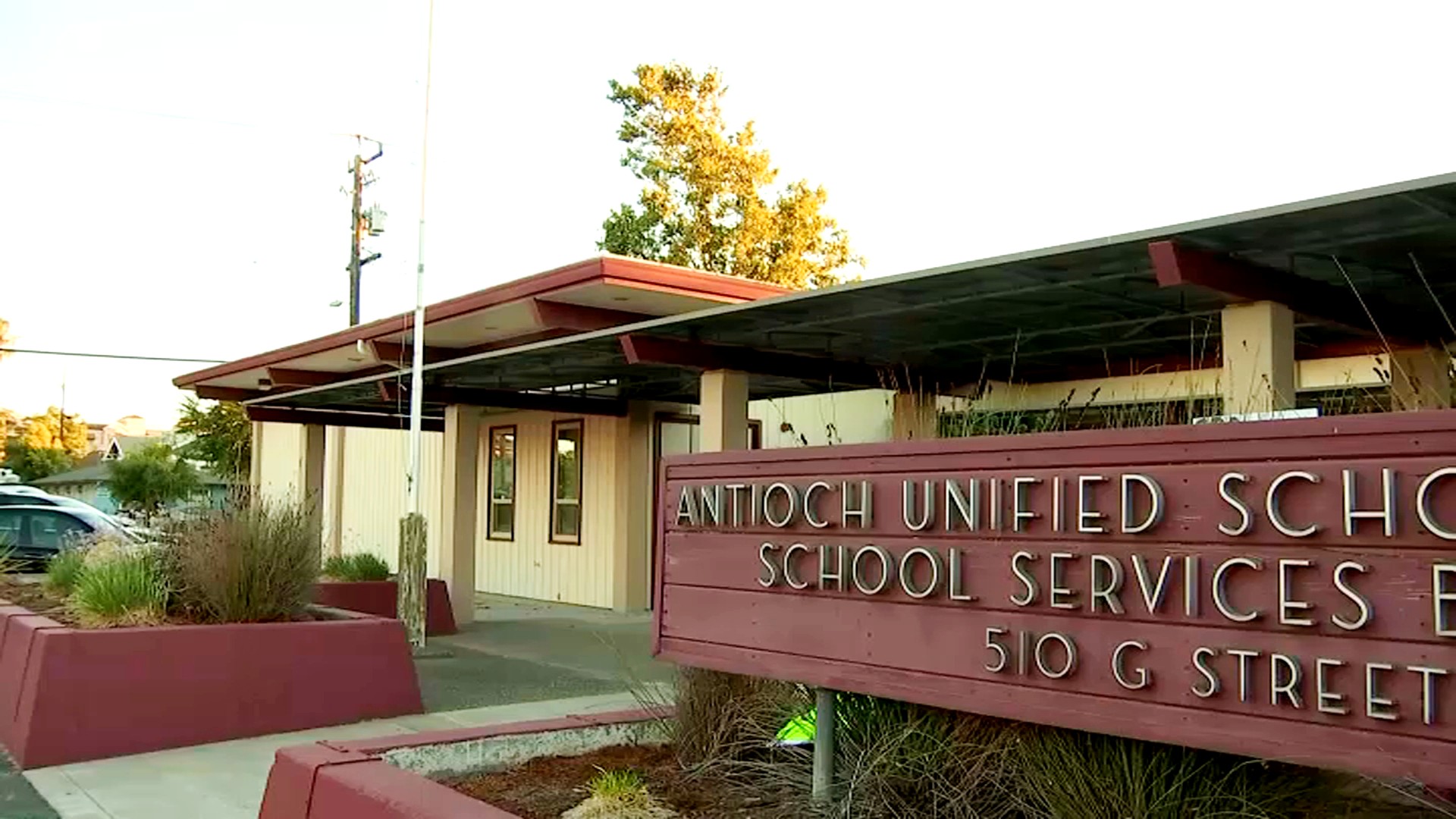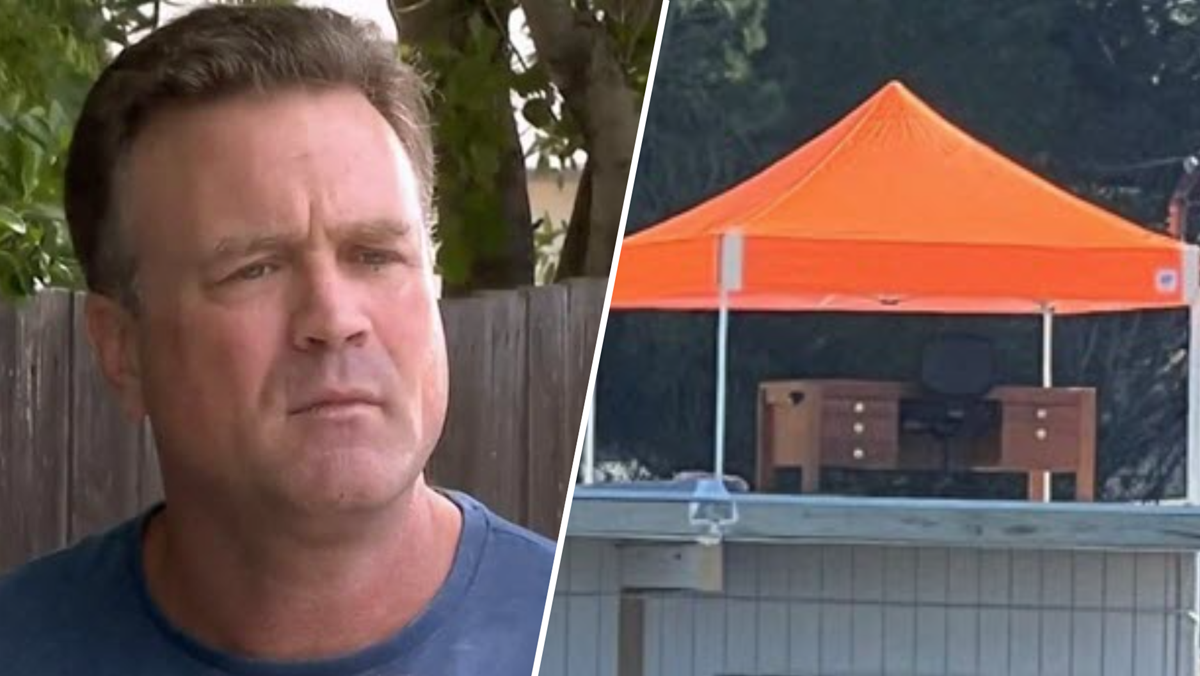The federal judge overseeing PG&E’s probation over regulatory violations has ordered the utility to answer more questions about the worn C-hook that failed and sparked the Camp Fire last year as a follow-up to PG&E’s release of damaged hooks.
The company on Thursday disclosed a photo of the failed C-hook blamed for the fire by order of the judge, even though the photo had been redacted from the state’s regulatory report last week at the request of Butte County prosecutors still probing the fire. On Friday, the company released a second photo that was withheld from the state’s report at the request of prosecutors.
The photo shows a second worn hook on a tower about three miles away – a hook that did not fail but state regulators found posed an imminent safety hazard which was missed during PG&E inspections.
In the state’s report, CPUC regulators determined PG&E’s “inadequate” inspections of the tower that failed “were indicative of an overall pattern of inadequate inspection and maintenance of PG&E’s transmission facilities.”

PG&E post-fire inspections found worn hooks and deteriorating steel hanger plates that held the hooks to towers on the Caribou-Palermo line. State regulators concluded that had proper inspections been carried out, the worn hook tied to the fire would have been spotted and the fire likely prevented.
When that worn hook snapped on tower 27/222, the dangling line struck the structure, sparking an explosion and the fire that destroyed the town of Paradise.
The Investigative Unit
Have a tip for The Investigative Unit? Call 1-888-996-TIPS.
On Thursday, U.S. Judge William Alsup asked follow-up questions about the state regulatory report, specifically about the condition and prior inspections of the failed hook, and gave PG&E until Dec. 19 to reply.
Alsup asked about the second hook on the tower that didn’t fail, and several questions about the hook that did snap. He wants the utility to say how high the failed hook was off the ground, whether it had carried out a drone inspection before the fire and what images, if any, had been taken.
PG&E has previously said the tower was inspected by helicopter and ground patrols, but had not been climbed in the decade leading up to the fire.
“Prior to the Camp Fire, did PG&E keep records from which PG&E could determine how long the C-hooks and/or hanger plates in question had been in place?” Alsup asked the utility, asking also if, before the fire, the company had “ever previously noticed any worn C-hooks and/or hanger plates on any of its transmission lines?”
Alsup also asked whether any worn C-hooks had been preserved as evidence.
The photo released Friday is from tower No. 24/199, which state regulators said had worn beyond accepted safety margins and had been seized during the ongoing criminal investigation.
According to state reports, the wear was missed in the emergency climbing inspections the company ordered in the weeks after the fire. It was found only during Cal Fire inspections ordered as part of the Camp fire probe.
During PG&E’s post fire inspections, the company identified 29 towers on the line with problems that posed an imminent risk of failure. The company has since decommissioned the line.



